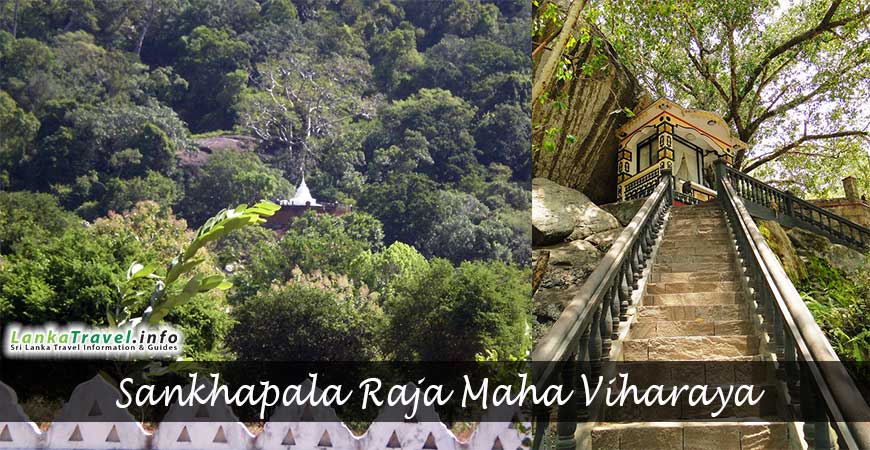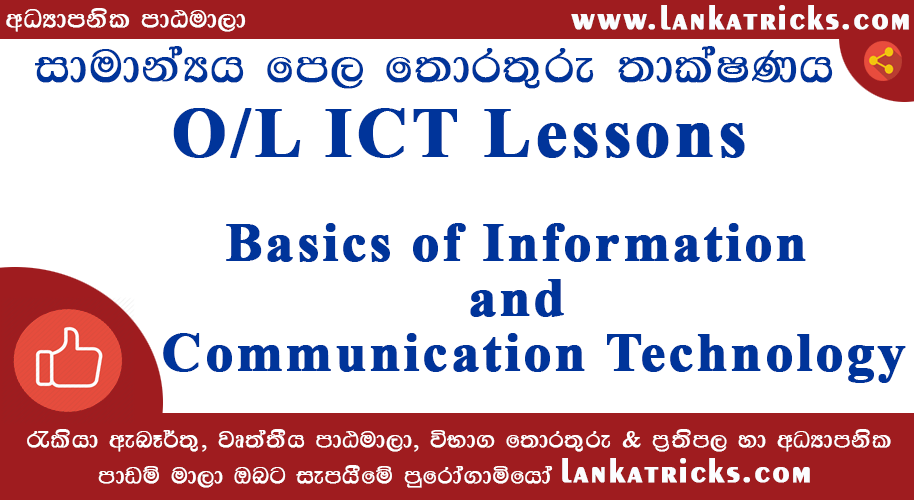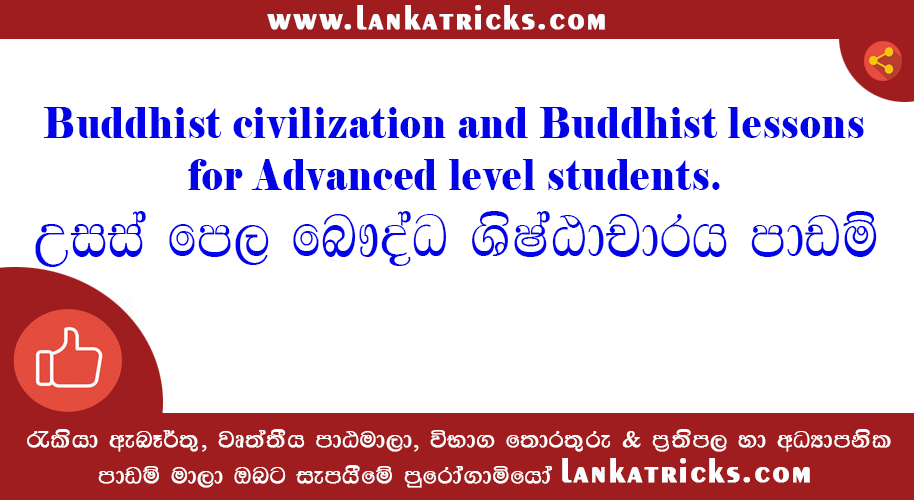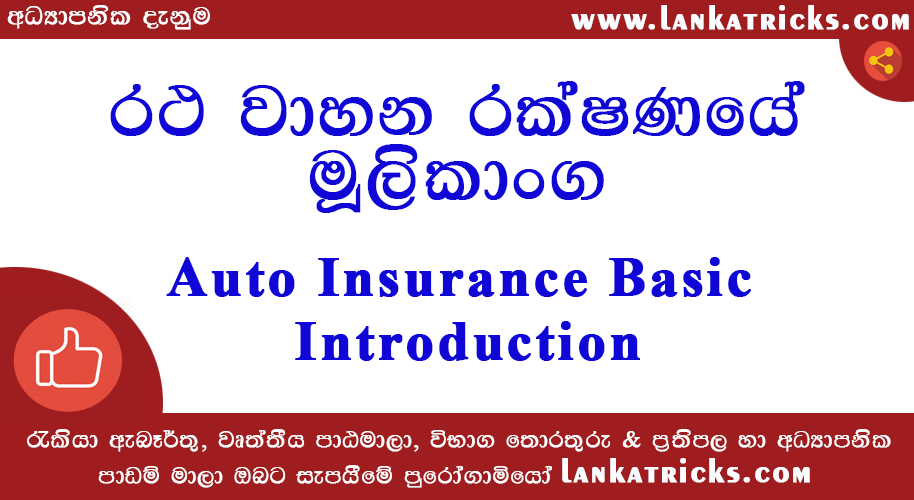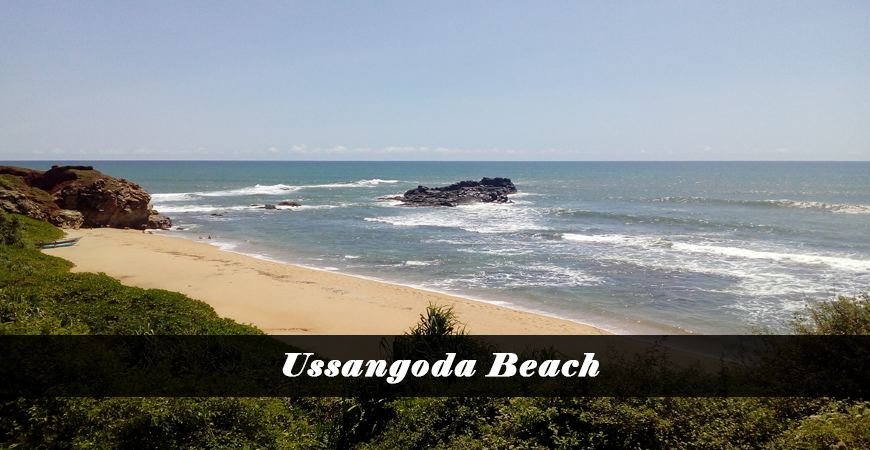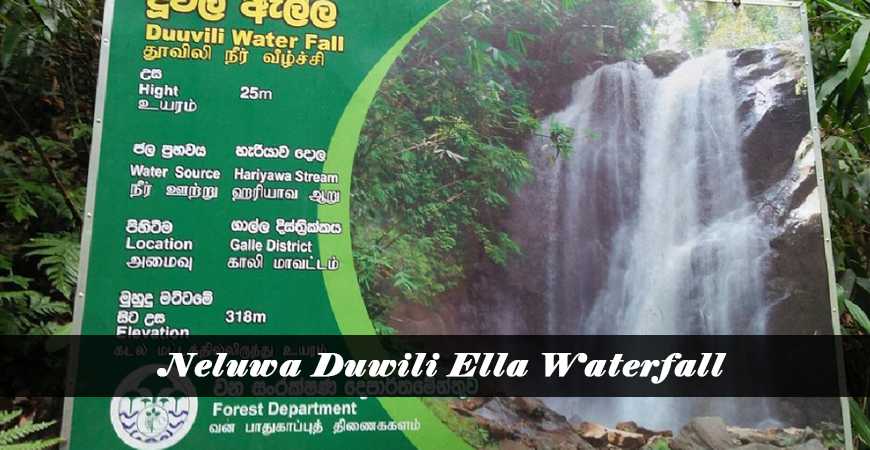Guide to develop premium WordPress plugin to earn tons of Money
Published 4 years ago by LankaTricks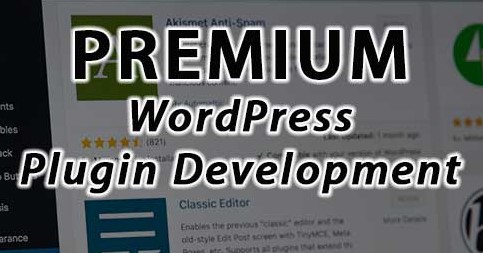
Are you ever design a website using WordPress? Then you definitely use lots of plugins with your WordPress installation. Sometimes you selected plugin have you required full features to your website. But, Sometimes You selected plugin can’t reach your requirement or your expected work with your website.
So, if you have another requirement but no plugins available to match your work then you have to make your own plugins. This is a guide for you, in this guide you can learn how to design any plugin to satisfy your requirements.
And if you need to follow this course you have some good knowledge about WordPress basics and also PHP. Using the following links you can get my full tutorial for WordPress basic design and also PHP basics tutorial.
Complete Guide to Create Website using WordPress by Yourself
Before, we learning about WordPress Plugin development, it is good to know exactly what a WordPress plugin is,
A WordPress plugin is an extension of the WordPress core installation
The means in English is that it’s a program that sits outside of the WordPress installation or WordPress core. So, WordPress is called the core and you have plugins that will help WordPress do things, and then it doesn’t do out of the box. It’s actually called an extension.
So, Joomla and Drupal have extensions as well and they have their versions of plugins.
If you are coming to develop the Joomla website, a plugin in WordPress is equivalent to a Joomla component. And if you are coming to develop a Drupal website, a WordPress plugin is equivalent to a Drupal module.
So, now you need to know what exactly the architecture of a WordPress plugin.
The Architecture of a WordPress plugin
Considering the architecture of WordPress plugin it consists of only three things and we’re going to learn to program two of them in this article.
There are three parts to the architecture and it is as follows.
- The declaration to the WordPress
- The hooks (Filter or Action hook)
- Callback function
By including the above things, you can develop and your very own WordPress plugin by yourself.
In this post, I like to give a good introduction with an example for the above three parts include in a WordPress plugin. So, In a future tutorial, I make posts on how you can develop various plugin by using these concepts.
NOTE: If you get stuck using this guide of developing a WordPress plugin (which I highly doubt), don’t hesitate to contact me or comment in this guide comment section. I’ll help to sort this out.
Beginning to Develop WordPress Plugin
To develop a WordPress plugin first you go to the WordPress installation directory and the following path inside of the installation folder.
WP Installation Folder -> wp-content -> plugins
Then create a folder with the name of your plugin.
Ex: my-plugin
Add your name you need without space for the name and if you need the same space you can use the “-” or “_” mark for the. It is good to use lowercase letters when writing your plugin folder name.
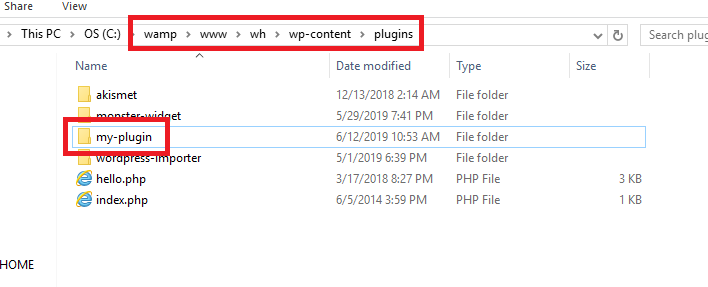
Then, you need to access you named a new plugin directory and make a PHP file inside the directory. When naming your newly created PHP file it is good to make the same name of your new plugin directory.
Ex: my-plugin.php
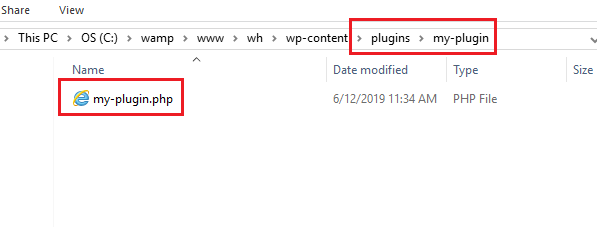
Now you can add required codes for your plugin by editing your newly made PHP file.
The declaration to the WordPress
The declaration is the comment include in your plugin directory main PHP file (According to our example I include this comment line in the top of the my-plugin.php file).
This line of comment will help you to add your plugin basic information and it is required to understand details about your plugin to the WordPress core.
If you are developing a plugin the minimum requirement of the plugin is the name of the plugin. It is as follows.
/** * Plugin Name: My Plugin */
Other than the plugin name, any information added to the plugin declaration comment area. It will help you to be your plugin standard and give the professional look.
The available plugin declaration fields as follows.
Plugin Name:
The plugin name is required for every plugin and also this name is displayed in the plugin list of the WordPress admin page.
Plugin URI:
This is the home page of the plugin. And this URL should be unique in your plugin as well as most of the time this can be your own website. However, you can’t use WordPress.org you plugin hosted URL as your Plugin URI (If your plugin adds to WordPress.org plugin directory).
Description:
This includes a short description of the plugin and It display in the Plugins section in the WordPress Admin page. The description should contain less than 140 words.
Version:
This includes the current version of your plugin. It is like 1.0, 1.10, etc.
Author:
This includes the name of the plugin author. If you develop a plugin with multiple authors, you can use the list of author’s names using commas.
Author URI:
This includes the author’s website URL or profile URL on another website.
License:
This includes the short name (slug) of your plugin license.
License URI:
This includes a Linked URL to the full text of the license.
Text Domain:
This is a unique identifier, which makes sure WordPress can distinguish between all loaded translations.
Domain Path:
This includes the domain path. lets WordPress know where to find the translations.
Network:
This place mentioned whether the plugin can only be activated network-wide. The only value can be set TRUE. So, If you do not need this property can be removed from the declaration.
The following shows the complete plugin declaration example.
/* * Plugin Name: Lankatricks Plugin * Plugin URI: http://www.lankatricks.com/plugin-name * Description: This plugin was created by Niroshan for LankaTricks. * Version: 1.0 * Author: Mr. Niroshan * Author URI: http://www.lankatricks.com/ * License: MIT */
The hooks
Hooks are functions. And Hooks can be applied to an Action or a Filter in WordPress. In WordPress, Actions and Filters are functions that are able to modify by theme and plugin developers to change or improve the default WordPress functionality.
Considering WordPress hooks, There are two hooks that can be mainly identified. These are Action Hook and Filter Hook.
Action Hook
In a specific place of a WordPress Theme or Plugin, Action hooks are used to perform functions (actions). So, Action Hooks are a very useful tool in WordPress. Every Themes and Plugin use action hooks as a way for users to modify the output of their project or to add their own custom code.
There are three major functions that need to learn when identifying Action Hooks. These are.
- do_action() – This function uses to execute functions hooked on a specific action hook.
- add_action() – This function use to hooks a function on a specific action.
- remove_action() – This function uses to removes a function from a specified action hook.
If you need to learn more about these functions please click on the following links so you can learn about them on the WordPress CODEX.
This is a just example of Register a Custom Menu in the Admin using an action hook.
add_action("admin_menu", "register_my_custom_menu_page");
Filter Hook
Filter hooks are functions that WordPress uses to pass data through. When passing data through filter hooks developers allow to modify defaults behavior of specific function and content in the WordPress Website.
add_filter() is the function use to filter WordPress content.
This is a just example of Change the Excerpt Length using the filter hook.
add_filter( "excerpt_length", "excerpt_length_example" );
Callback function
The callback function is the function that allows to hooks (both action and filter) used in the plugin to hanging other peace of codes.
add_action("edit_form_advanced","display_message");
function display_message()
{
// This is the callback function.
//You can add any required code for hanging above hook inside this function.
}
Conclusion
This is the conclusion for beginning to start a premium WordPress plugin tutorial. Here, we discuss the basic things required for developing a basic WordPress plugin.
If you are not familiar with WordPress plugin or theme development with before, this can give better knowledge to start for making your first vary own WordPress plugin.
First, you learn how to make an environment to make a WordPress plugin and then you learn basic things contain in the WordPress plugin such as the declaration to the WordPress, The hooks (Filter or Action hook), and the Callback function.
In the posts of premium WordPress plugin development, the next post will develop some basic plugin like make shortcode and display in the post of your WordPress website.
So, I think you can get some good knowledge to begin WordPress plugin Development, and also this is a good foundation if you’re new to the web design field and you can get much knowledge about WordPress plugin development.
Good Luck!

